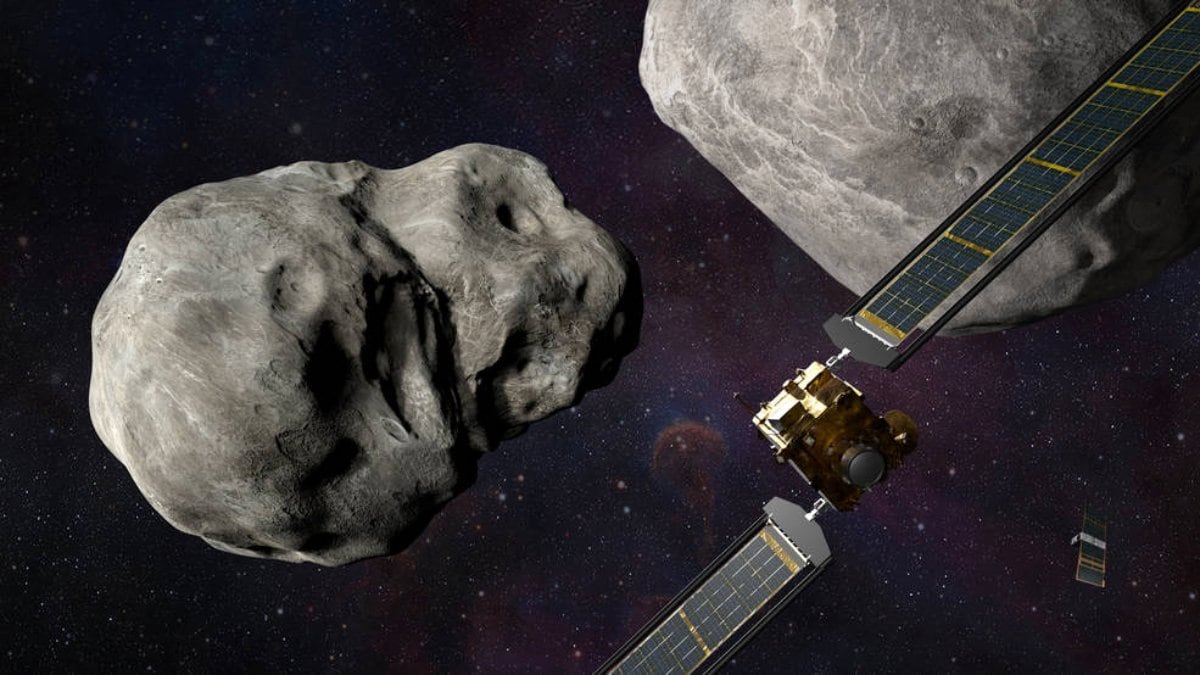NASA’s Double Asteroid Redirect Test (DART) team has completed an observational mission to confirm the orbit of the DART target asteroid Dimorphos. Dart is a spacecraft designed to impact an asteroid as part of a test to verify that this method could be effective in changing the course of an asteroid for future planetary defense Or not. The latest campaign was launched using the world’s most powerful telescopes and supports the team’s calculations to zero in on the orbit of Dimorphos. The calculations were done in early 2021 and are critical to ensure that the dart arrives at the right place and right time for an effective impact.
According to NASA, Ensuring the correct effect by DART is not the only reason for understanding the dynamics of Dimorphos. If Dart successfully changes the asteroid’s path, Dimorphos will move closer to its parent asteroid, Didymos. This would reduce the time it would take for Dimorphos to orbit Didymos. There is no problem measuring this change in path, the team would have to make sure nothing other than the impact was affecting the orbit.
Other factors that can alter the path include the removal of radiation from the asteroid’s sun-warmed surface. This force can slightly push the asteroid, causing a change in its orbit.
“This experiment requires excellent knowledge of the asteroid system before and after it can do anything for nature. We don’t want to say at the last minute, ‘Oh, here’s something we didn’t think of’ Or an incident of which we had not considered.’ We want to make sure that any changes we see are entirely due to what Dart has done,” said Nick Moskovitz, an astronomer at Lowell Observatory in Flagstaff, Arizona. He co-led the July observation campaign.
At the time of the Dart impact, which is estimated to occur in late September or early October, Dimorphos and Didymos will be the closest to Earth in recent years, coming at a distance of 10.8 million kilometers from our planet.
The system of two asteroids was out of range for most ground-based telescopes since Mars 2021. Therefore, the team used powerful telescopes for their observation campaign. They noted a total of 11 changes in the system called reciprocal events, and studying these changes allowed them to determine how long it takes Dimorphos to orbit its parent asteroid. In addition, it also helps predict the position of dimorphos at specific moments in time, including the effect of the dart.













